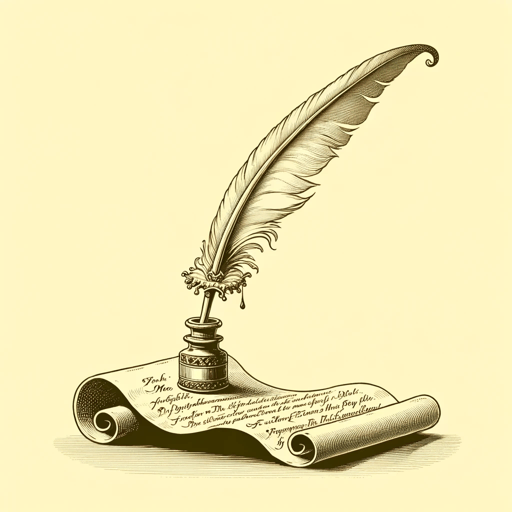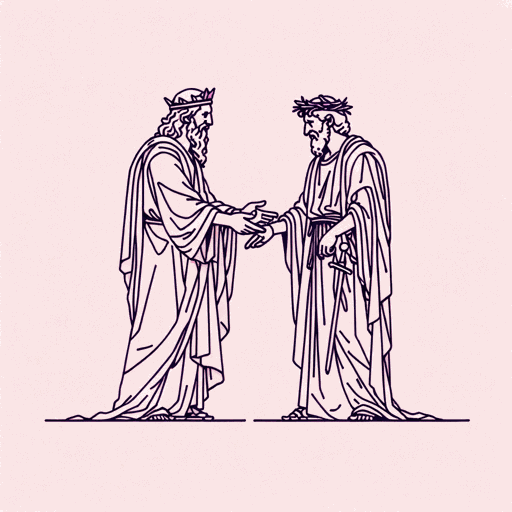27 pages • 54 minutes read
John DrydenMac Flecknoe
Fiction | Poem | Adult | Published in 1682A modern alternative to SparkNotes and CliffsNotes, SuperSummary offers high-quality Study Guides with detailed chapter summaries and analysis of major themes, characters, and more.
Symbols & Motifs
Darkness and Light
Dryden wrote “Mac Flecknoe” around 1678, in the midst of the Scientific Revolution that would later give way to the Era of the Enlightenment. The name “Enlightenment,” though chosen after the era had passed, demonstrates the historical European symbolism of light and darkness in respect of the illumination or obfuscation of scientific truths. Light, therefore, has long stood as symbol of rationality and scientific inquiry.
Similarly, Dryden uses darkness and light to denote obfuscation and truth, respectively. Given Shadwell’s fundamental inability to make sense in “Mac Flecknoe,” however, the poem’s particular use of darkness and light more closely relates to reason. Dryden, for instance, envisions wit as a “beam” (Line 21) of light that is unable to penetrate “Shadwell’s genuine night” (Line 23). Similarly, the comparison to “monarch oaks that shade the plain” (Line 27) shows Shadwell spreading darkness. Shadwell’s ability, like night, is to obfuscate reality or rationality. The equation—of Shadwell and night—runs so deep that the character is accompanied by “twelve reverend owls” (Line 129). during his coronation. Also during the coronation scene, Shadwell is given “a mighty mug of potent ale” (Line 121) and “poppies” (Line 126). These two objects associate Shadwell with the sleep-like state of alcohol and opium intoxication, further developing his connection with irrationality and darkness.
Related Titles
By John Dryden




